Shared Email Templates for Microsoft Outlook / Gmail
Attach files
Heads up! We're moving the Shared Email Templates for Outlook documentation to our new site: email-templates.app. The new version will be ready soon, and we hope you'll love the fresh, improved experience. Thank you for your patience during this transition.
With Shared Email Templates, you can automatically attach files from OneDrive, SharePoint, URLs, or Google Drive. You can also attach files from datasets and set reminders so as not to forget to attach files from your local storage.
To get a quick Attach Files cheat sheet, click the button below.
How to attach files to Outlook messages automatically
If you want to automatically add attachments to your Outlook email messages, watch this video. We hope you'll find it helpful.
Before you start
Pay attention to the following points:
- There are two ways to attach files: with the Message attachments button in the template editor and by using the Attach macro. These are two different processes, so files that you attach with the help of the Attach macro won't be shown in the Message attachments dialog.
- You might face limitations on the size and number of attachments that are different in Office 365, Outlook.com, and Exchange Server. If you see an error message saying that your attachment can't be added, please check the size of your file and try to decrease it.
- To avoid signing in to your Microsoft account each time you attach files from OneDrive or SharePoint, enable the SSO option.
- When attaching a file from OneDrive in a template that is shared with other users, make sure that your teammates have access to the corresponding file or folder in OneDrive. For example, you can create a special folder in your OneDrive, share it with all your teammates, and collect all the documents that you share in templates there. For detailed information on managing access in OneDrive, visit the Share OneDrive files and folders page on the Microsoft Support website.
- When attaching a file from SharePoint in a template that is shared with other users, make sure that your teammates have access to the corresponding file or folder in SharePoint. For detailed information on managing access in SharePoint, visit the Share SharePoint files or folders page on the Microsoft Support website.
- When you attach files, the add-in transfers the chosen file directly from your OneDrive or SharePoint to your computer.
- When you use a template with the Attach macro to attach a file from SharePoint, you have to be logged in to SharePoint so that the macro has access to the file.
- Attaching files from SharePoint with the Attach macro or the Message attachments button won't work on free accounts, such as Outlook.com, as they don't have SharePoint.
- When attaching a file from a URL in a template that is shared with other users, make sure that your teammates have access to the specified URL.
Add attachments in the template editor
Attach a file from OneDrive
How to attach OneDrive files to Outlook email templates
By watching this video, you'll learn how to attach a file from OneDrive to your Outlook email template using the Message attachments button.
-
When creating or editing a template, click the Message attachments button.

- Click the plus sign that is on the right of OneDrive.

- Select a file.

Tip. To upload a file from your local storage to OneDrive, select the Upload button.

-
Close the Message attachments dialog.

A blue dot will appear on the Message attachments button: ![]() Don't forget to save the changes.
Don't forget to save the changes.
To add another attachment, to see what attachment(s) you've already added, or to delete an attachment, click the Message attachments button again.
Attach a file from SharePoint
How to attach SharePoint files to Outlook email templates
This video shows you how to attach a file from SharePoint to your Outlook email template with the Message attachments button.
-
When creating or editing a template, click the Message attachments button.

- Click the plus sign that is on the right of SharePoint.

- Select a file.

Tip. To upload a file from your local storage to SharePoint, select the Upload button.

-
Close the Message attachments dialog.

A blue dot will appear on the Message attachments button: ![]() Don't forget to save the changes.
Don't forget to save the changes.
To add another attachment, to see what attachment(s) you've already added, or to delete an attachment, click the Message attachments button again.
Attach a file from a URL
-
When creating or editing a template, click the Message attachments button.

- Click the plus sign that is on the right of URL.

- Enter the necessary URL and click Add.

Note. When attaching a file from a URL, do not use a link to a file stored in OneDrive, SharePoint, or Google Drive. For example, you might want to open your file in a browser, copy its address from the address bar, and paste it into the Add from URL dialog. This won't work. Or you might want to copy a link to your file when sharing it in OneDrive or Google Drive and paste it into the Add from URL dialog. This won't work either.
-
Close the Message attachments dialog.

A blue dot will appear on the Message attachments button: ![]() Don't forget to save the changes.
Don't forget to save the changes.
To add another attachment, to see what attachment(s) you've already added, or to delete an attachment, click the Message attachments button again.
Attach files with a macro
Attach a file from a URL
-
When creating or editing a template, click the Insert macro button.

-
Select Attach from URL.

-
Instead of a sample URL, enter the necessary one. Click OK.

Note. When attaching a file from a URL, do not use a link to a file stored in OneDrive, SharePoint, or Google Drive. For example, you might want to open your file in a browser, copy its address from the address bar, and paste it into the Attach from URL dialog. This won't work. Or you might want to copy a link to your file when sharing it in OneDrive or Google Drive and paste it into the Attach from URL dialog. This won't work either.
Tip. With the Insert nested macro button, you can open a list of macros that can be nested and select the one you need.

-
Save your template.

Attach a file from OneDrive
How to attach OneDrive files to email templates with a macro
Find out how to use the Attach macro to add a OneDrive file to a template as an attachment and then use that template for your email reply.
-
When creating or editing a template, click the Insert macro button.

-
Select Attach from OneDrive.

-
Choose a file that is going to be attached, and then click Select.

Tip. To upload a file from your local storage to OneDrive, select the Upload button.

-
Save your template.

Attach all files from a OneDrive folder
How to attach all files from a OneDrive folder to an email template
Discover how to attach all files from a OneDrive folder to your email template in Outlook. This video will also be helpful if you share templates.
-
When creating or editing a template, click the Insert macro button.

-
Select Attach files from OneDrive folder.

-
Choose a folder that contains the files you want to attach, and then click Select.

-
Save your template.

Attach a file from SharePoint
How to attach SharePoint files to email templates with a macro
In this video, we'll show you how to add a SharePoint file to a template using a macro and how to use that template to reply to emails.
-
When creating or editing a template, click the Insert macro button.

-
Select Attach from SharePoint.

-
Choose a file that is going to be attached, and then click Select.

Tip. To upload a file from your local storage to SharePoint, select the Upload button.

-
Save your template.

Attach all files from a SharePoint folder
How to attach all files from a SharePoint folder to an email template
In this video, we'll demonstrate how to attach all files from a SharePoint folder to your Outlook email template using the Attach macro.
-
When creating or editing a template, click the Insert macro button.

-
Select Attach files from SharePoint folder.

-
Choose a folder that contains the files you want to attach, and then click Select.

-
Save your template.

Attach a file from a dataset
For step-by-step instructions on how to attach files from simple datasets, visit this help page.
Attach files from local storage
To remind yourself to attach a file from your local storage when using a template, insert the WhatToAttach macro into the template.
How to create attachment reminders in email templates
With this video, you'll learn how to add a reminder to your email template, so you never forget to attach a file to your email message.
-
Start editing a template. Then click the Insert macro button.

-
Select What to attach.

-
Type in any word or phrase that will prompt you to attach the necessary file. Then click OK.

Tip. With the Insert nested macro button, you can open a list of macros that can be nested and select the one you need.

- With a check mark next to Required, your template won't be inserted into an email message if a file is not selected.
- With a check mark next to Allow multiple files, it will be possible to select more than one file.
-
Save your template.

When you insert a template that contains the WhatToAttach macro, you'll see a dialog reminding you that an attachment is needed. To select a file, click Browse.

Single sign-on (SSO) for OneDrive and SharePoint
If you have only one OneDrive account that is the same as your Microsoft 365 Outlook account, you can take advantage of single sign-on to avoid entering or confirming your credentials each time you attach files from OneDrive or SharePoint.
With single sign-on, you'll need to accept required permissions only once. After that, all files will be attached without any additional pop-ups.
Disable SSO
The single sign-on feature is turned on by default. If you need to attach files from different OneDrive/SharePoint accounts, turn single sign-on off:
- At the bottom of the Shared Email Templates pane, click the three dots to open the More menu.
- Select Settings.
- Clear the Use single sign-on (SSO) where possible checkbox.
- Select Save changes.
After turning single sign-on off, you'll be able to switch between OneDrive/SharePoint accounts when needed by clicking the icon shown in the screenshot below.

Important notes
Note. The single sign-on feature:
- Is not supported in the web app. It is available only in the Outlook add-in (desktop or online).
- Is available only if your Outlook provides mailbox API 1.9 and higher.
- Works in Microsoft 365 accounts only and isn't supported in free accounts, such as Outlook.com, Hotmail.com, or gmail.com.
You might see an error message in red below the Use single sign-on (SSO) where possible checkbox. In most cases, the message is related to one of the points mentioned above.
However, if you see the "SSO is not supported in your current add-in version" message, most probably, you simply need to wait a bit till the app is updated in your account. The speed of this process depends on Microsoft, and we can't influence it.

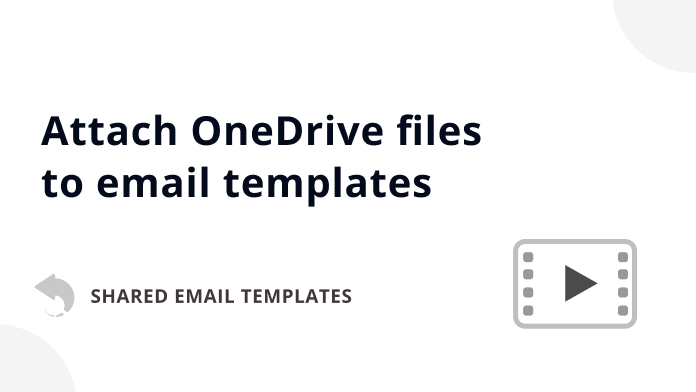
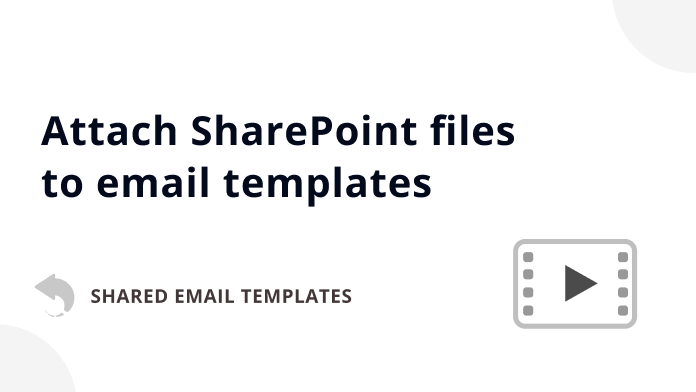
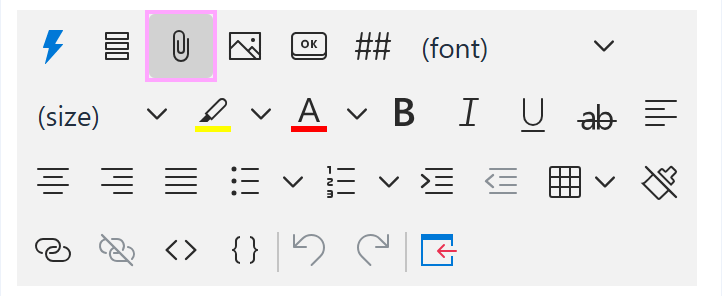
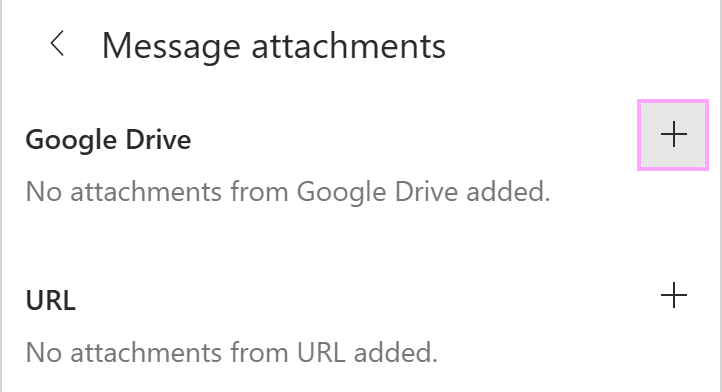
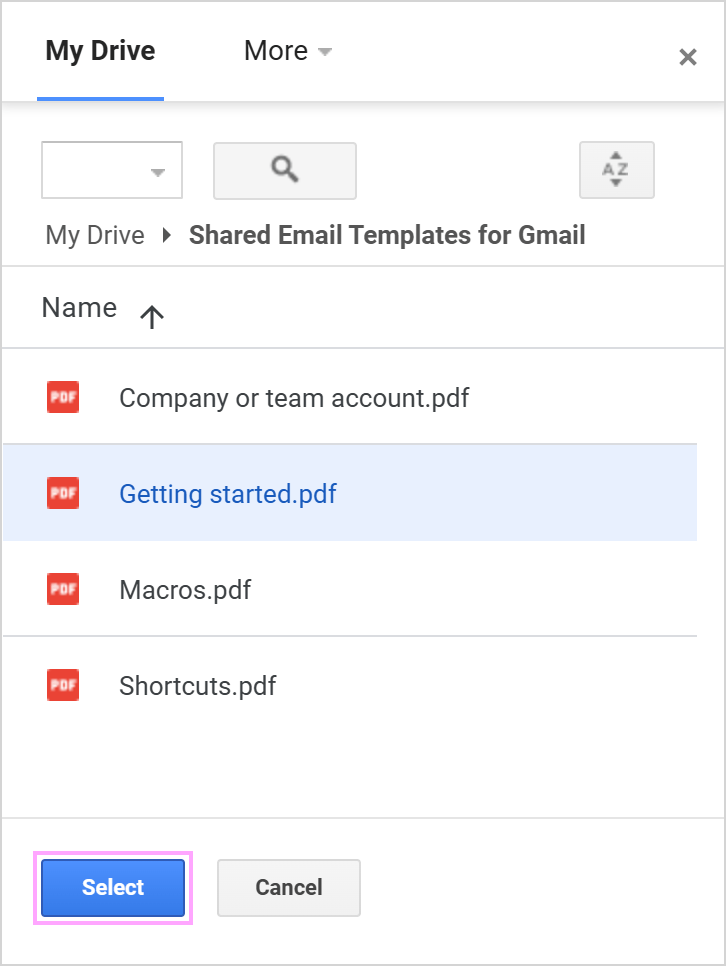
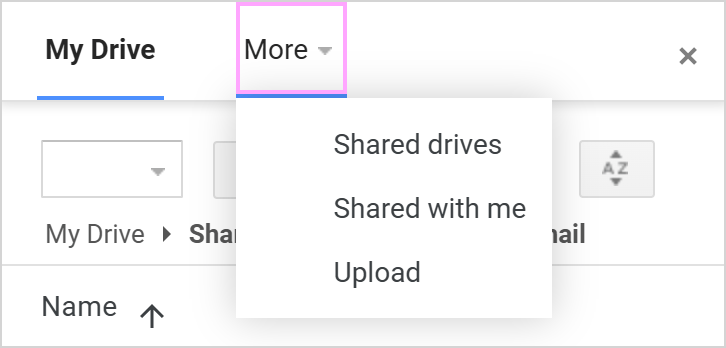
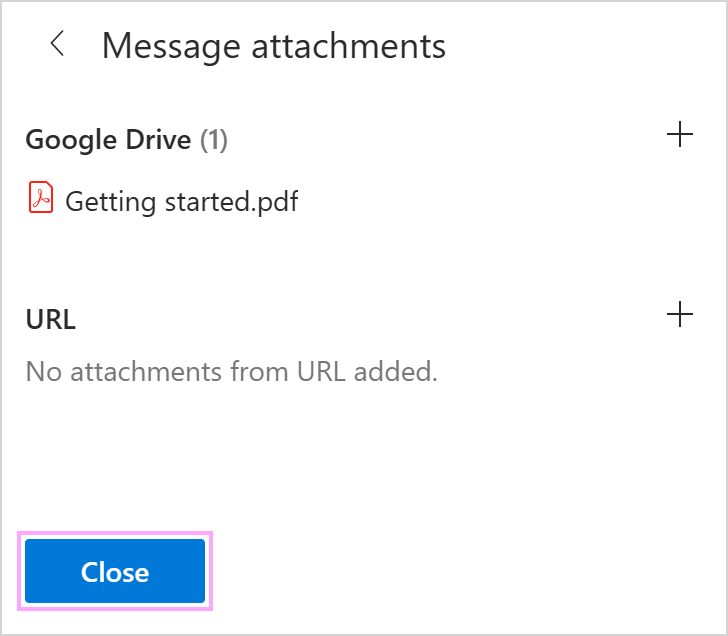
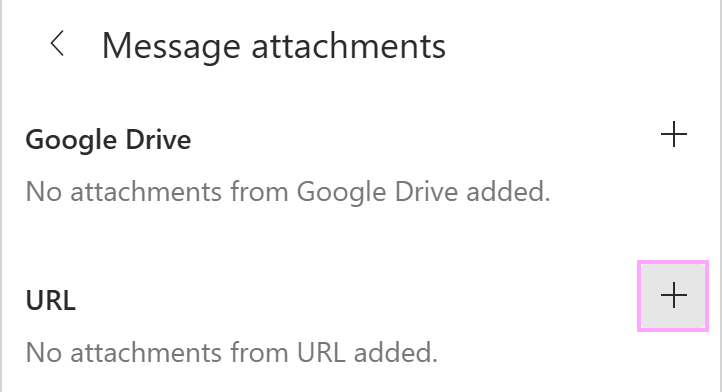
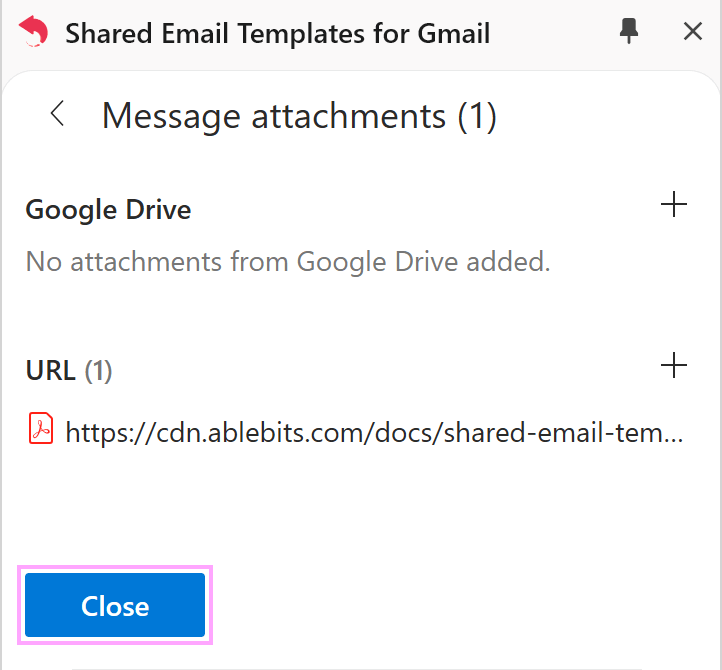
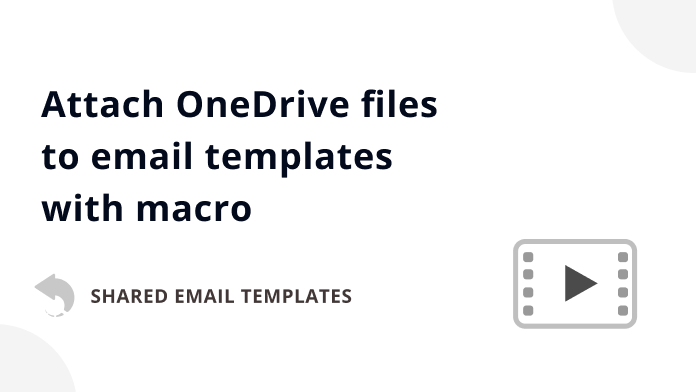
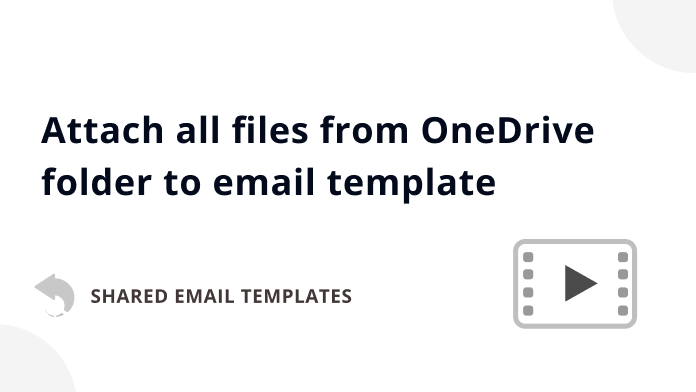
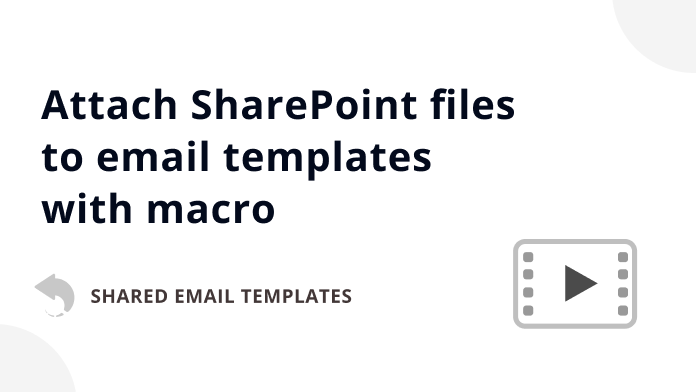
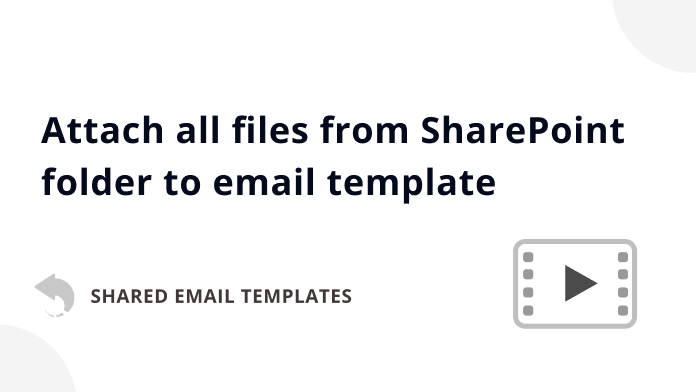
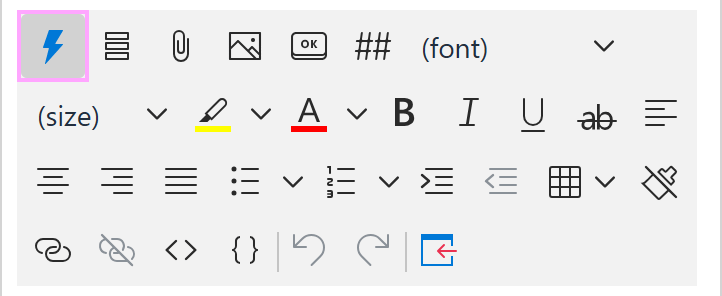
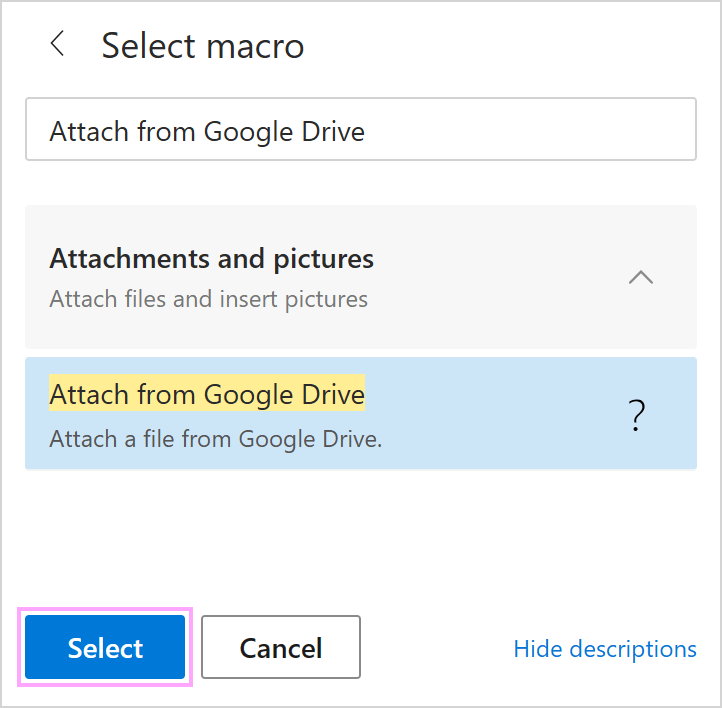
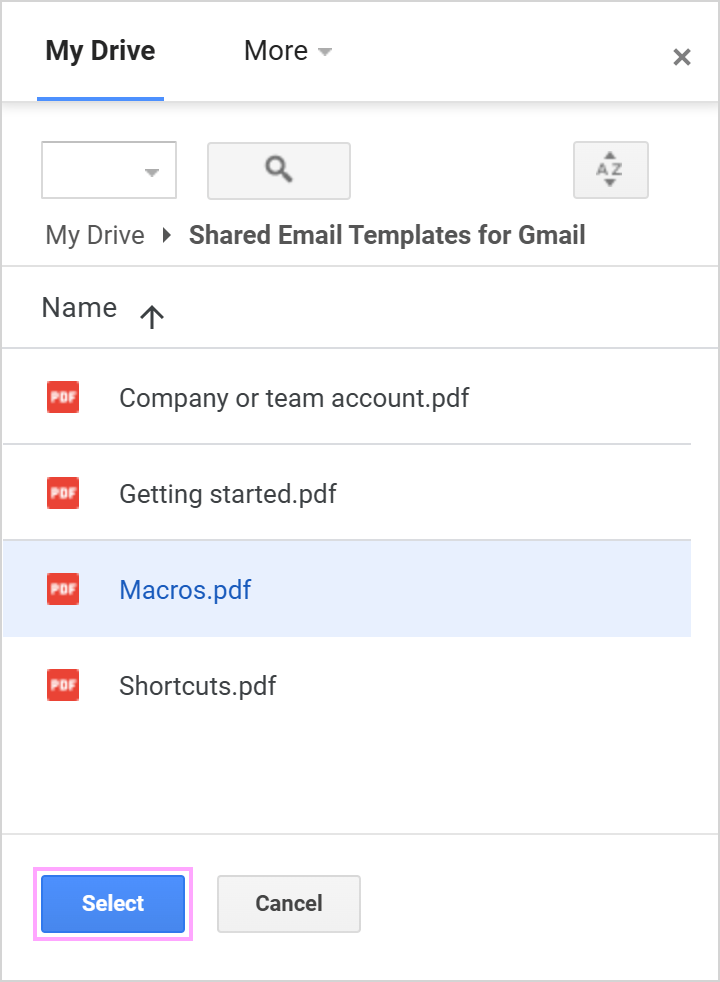
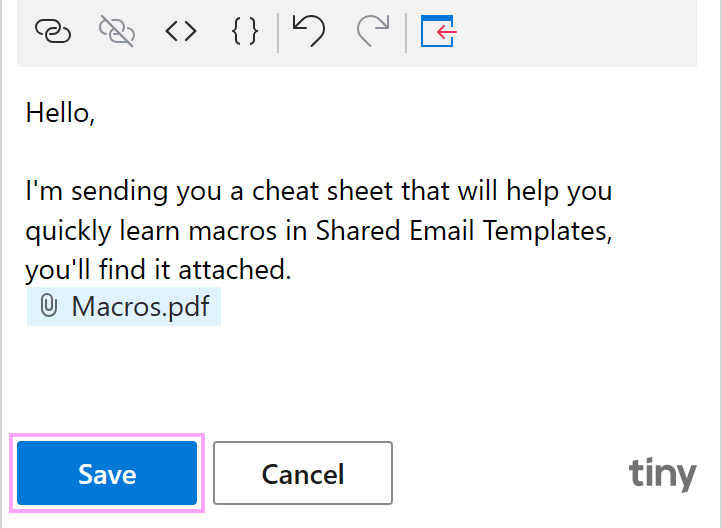
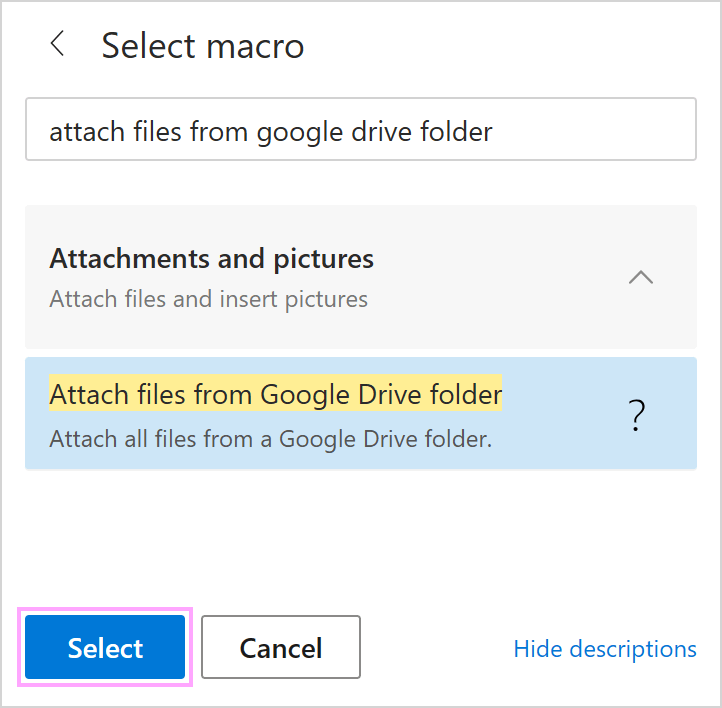
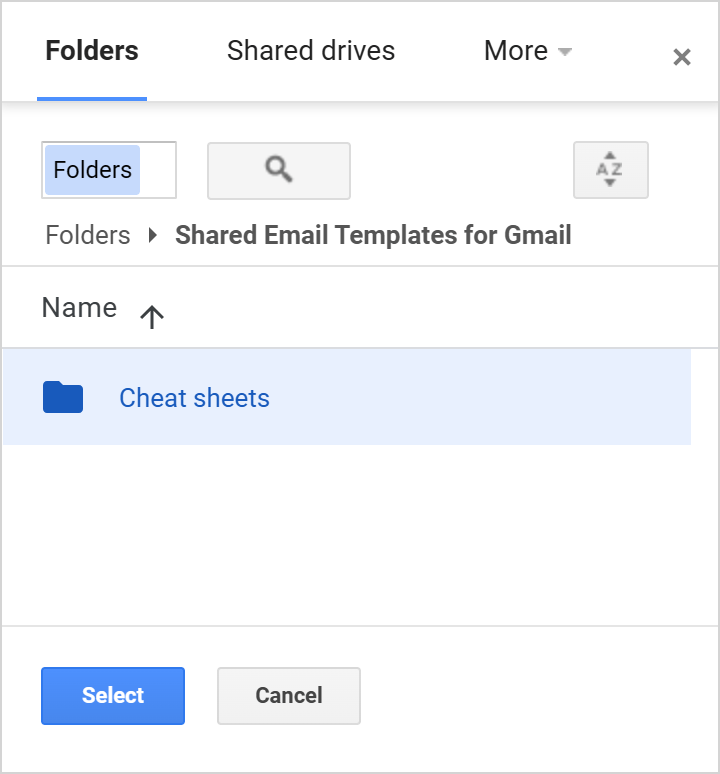
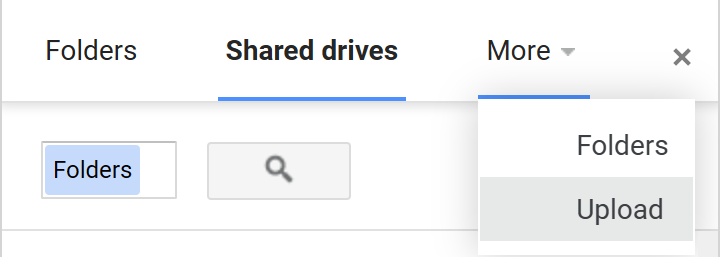
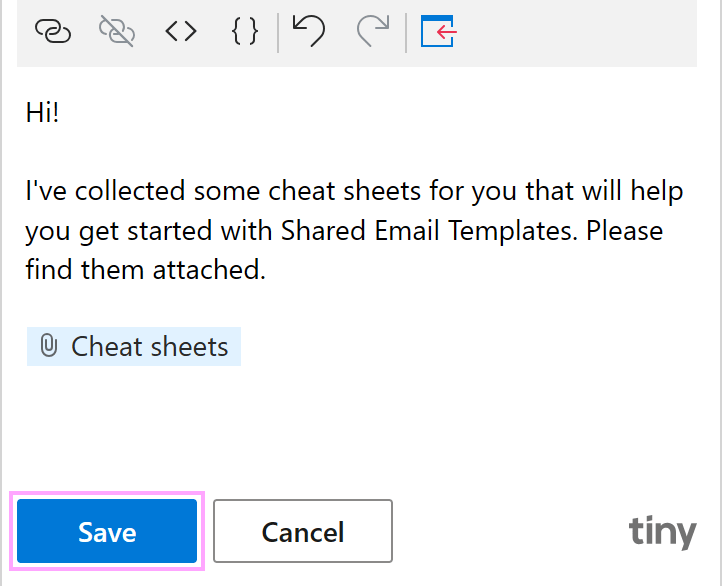
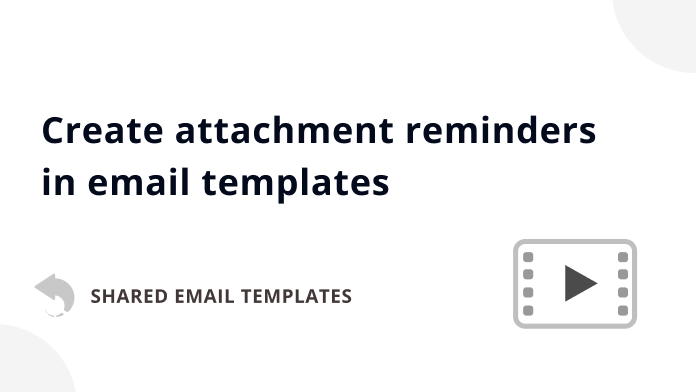
Please contact us here